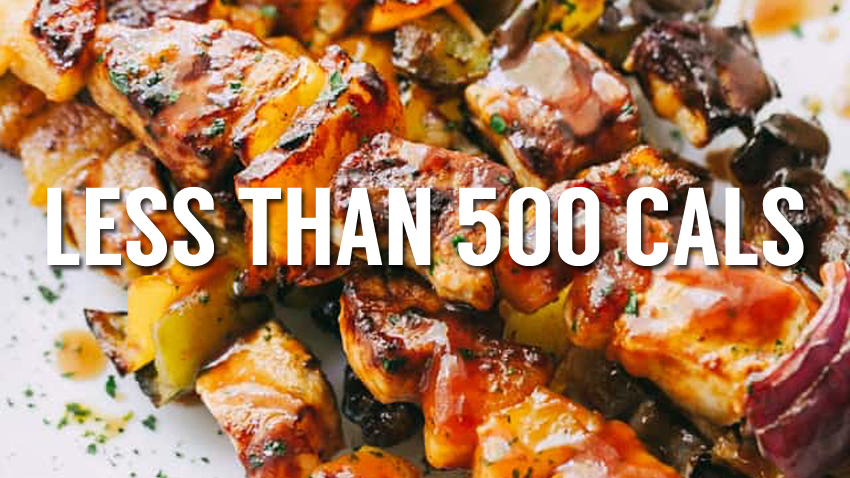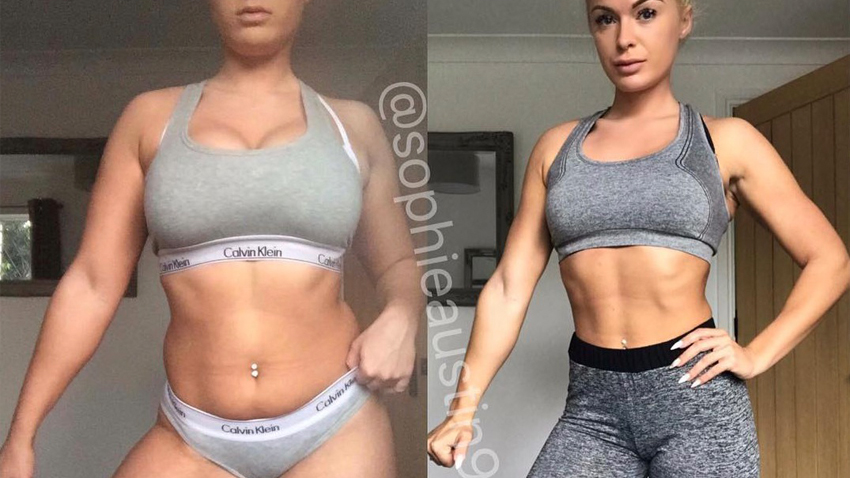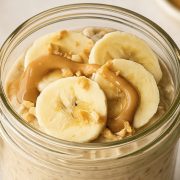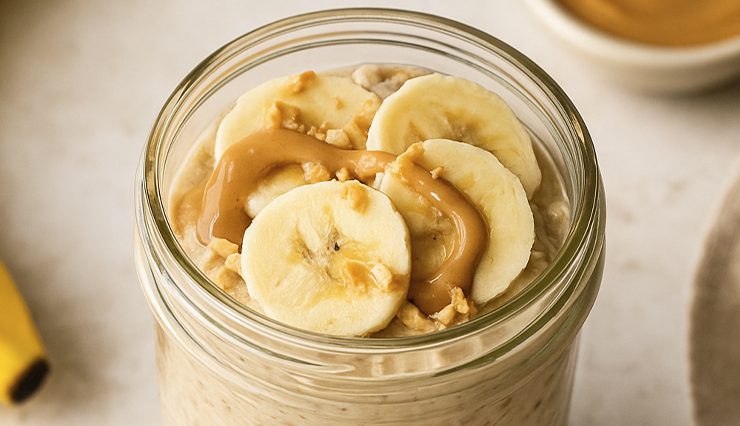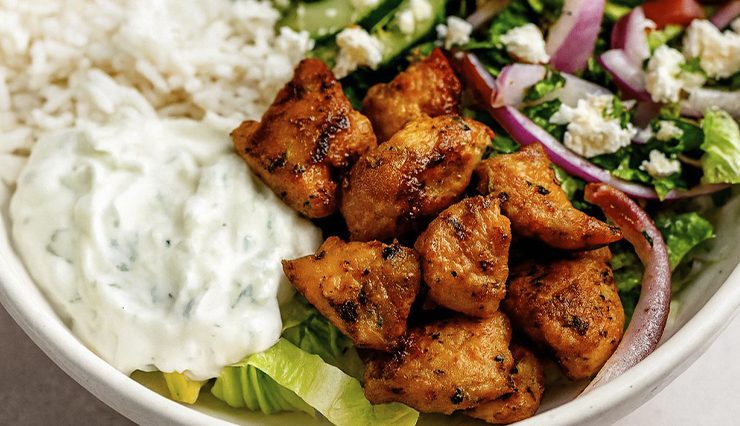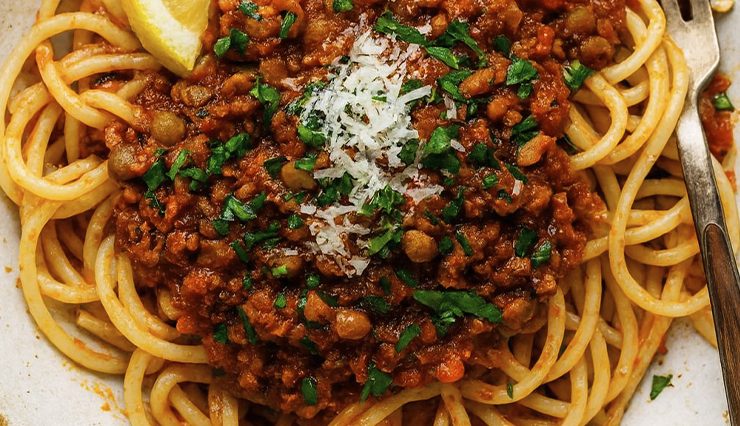Weight Loss Journey Tips for Beginners (Proven Fat-Loss Guide)

Trimmed&Toned Team.
Starting a weight loss journey is one of the best decisions you can make for your health and wellbeing. It’s not just about seeing a lower number on the scale—it’s about developing habits that can transform your long-term health. The benefits extend beyond appearance: you’ll likely enjoy improved energy, better sleep, enhanced mobility, and greater confidence. Taking the first step now is important, because change compounds over time—the earlier you begin, the sooner you reap the rewards.
Note: Here are 31 healthy keto chicken recipes for you to try later today!
Why It’s Great You’re Starting Now
Every change you make today, whether it’s swapping soda for water or committing to a daily walk, moves you closer to your goals. It’s not about perfection but progress. In the beginning, it’s normal to feel both motivated and intimidated, but remember that many people have started exactly where you are now. Building sustainable habits from day one will help ensure your results last for years, not just weeks.
The journey also teaches discipline, resilience, and patience—skills that extend into every part of your life. You’re not only working toward physical change but also building a healthier mindset.

Tips for getting started:
- Focus on small, daily habits that add up over time.
- Surround yourself with positive influences.
- Keep track of your wins, no matter how small.
Calculating Your Starting Calories
Understanding your current calorie intake is the foundation of weight loss. You don’t need to track forever, but for 3–5 days, log everything you eat and drink using a tool like MyFitnessPal or Cronometer. This reveals your “maintenance calories”, the amount you eat to maintain your weight.
Once you know your average, create a moderate deficit of 250–500 calories per day. This small change is easier to sustain and helps avoid muscle loss or severe hunger. For instance, if your average is 2,500 calories, aim for around 2250 then you can reassess depending on your results.
Quick calorie tips:
- Use measuring cups or a kitchen scale to understand portion sizes.
- Avoid “hidden” calories in sauces, dressings, and drinks.
- Reassess your calorie needs every 4–6 weeks.
Creating a 250-Calorie Deficit
Small adjustments often lead to big results over time. Reducing calories can be as simple as swapping a sugar-heavy latte for black coffee, skipping dessert a few nights a week, or replacing chips with carrot sticks and hummus. You can also increase activity—like adding a 20-minute brisk walk—to burn additional calories without feeling deprived.
The key is balance. Extreme restriction might speed up short-term results, but it’s far more likely to lead to burnout or overeating later.
Easy ways to cut 250 calories:
- Swap soda for sparkling water.
- Use smaller plates to naturally control portions.
- Choose lean cuts of meat and trim visible fat.
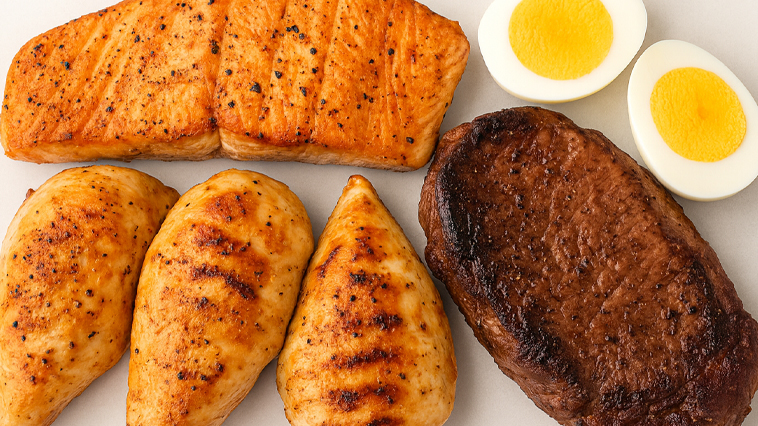
Diet Tips for Beginners
Instead of focusing on what you “can’t” have, focus on adding nutrient-rich foods. Prioritize lean proteins such as chicken, turkey, fish, eggs, tofu, and Greek yogurt. Fill half your plate with vegetables, which provide fiber, vitamins, and minerals for very few calories.
Avoid the trap of overly restrictive diets. These often result in quick weight regain once old habits return. Aim to enjoy your food while making gradual improvements—experiment with new healthy recipes, find healthier versions of your favorite treats, and remember that occasional indulgences are part of a balanced approach.
Beginner diet tips:
- Include protein in every meal to stay fuller for longer.
- Cook more meals at home to control ingredients.
- Limit highly processed foods and sugary snacks.
Training Tips
Strength training is crucial for weight loss because it helps preserve and build lean muscle, which boosts your metabolism. Beginners should start with 2–3 sessions per week, focusing on compound movements like squats, lunges, push-ups, and rows. These exercises work multiple muscle groups and burn more calories.
As you progress, gradually increase resistance or repetitions. This prevents plateaus and keeps your workouts effective. Don’t be afraid of lifting weights—muscle takes up less space than fat, giving you a leaner, toned appearance.
Beginner training tips:
- Warm up before each workout to prevent injury.
- Track your progress to stay motivated.
- Mix strength training with cardio for best results.
Cardio Tips
Cardio is excellent for calorie burning and cardiovascular health. Activities like brisk walking, cycling, swimming, or HIIT sessions are effective. Aim for at least 150 minutes of moderate-intensity cardio per week.
Walking, in particular, is accessible, low-impact, and easy to build into your day. Using a step counter can help you set and achieve goals—start with 6,000–8,000 steps daily and gradually work toward 10,000 or more.
Simple cardio ideas:
- Take the stairs instead of the elevator.
- Walk during phone calls.
- Schedule short activity breaks throughout the day.
Potential Drawbacks and Stumbling Blocks
Weight loss isn’t always linear. Plateaus are normal and can be overcome by slightly adjusting your calorie intake or changing up your workouts. Over-restriction can backfire, leading to cravings and overeating—focus on balance instead of perfection.
Motivation will fluctuate. Rely on systems and routines rather than willpower alone. Preparing meals in advance, scheduling workouts, and having a support network can make all the difference.
Common challenges:
- Social events with calorie-dense foods.
- Lack of time for exercise or meal prep.
- Emotional eating during stressful periods.
General Tips for Success
Set realistic goals, such as losing 0.5–1kg (1–2 lbs) per week. Track progress with photos, measurements, and how your clothes fit—not just the scale. Prioritize recovery through quality sleep and manage stress with techniques like deep breathing or light stretching.
Celebrate small wins along the way—whether that’s running a little farther, lifting heavier weights, or simply feeling more energetic. These victories keep you motivated and committed.
Quick success tips:
- Stay consistent—small actions daily matter more than occasional big efforts.
- Find activities you enjoy to make fitness sustainable.
- Keep a journal to track both food and feelings.
Final Thoughts
Your weight loss journey is a long-term investment in yourself. By focusing on gradual, sustainable changes to your diet and activity level, you’re setting the stage for lasting success. Remember to be patient with your body and kind to yourself—progress is not always visible day-to-day, but it’s happening.
Always consult a healthcare professional before making significant dietary or exercise changes, and stop if you feel unwell.
Trimmed&Toned Team.

